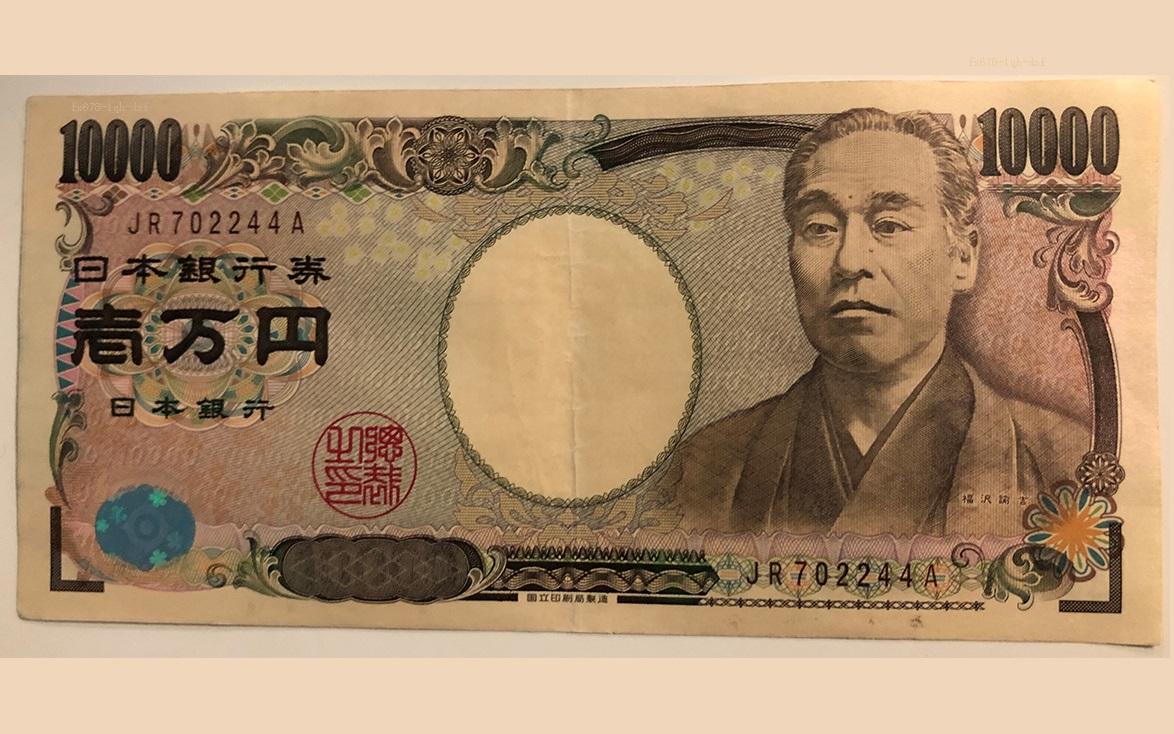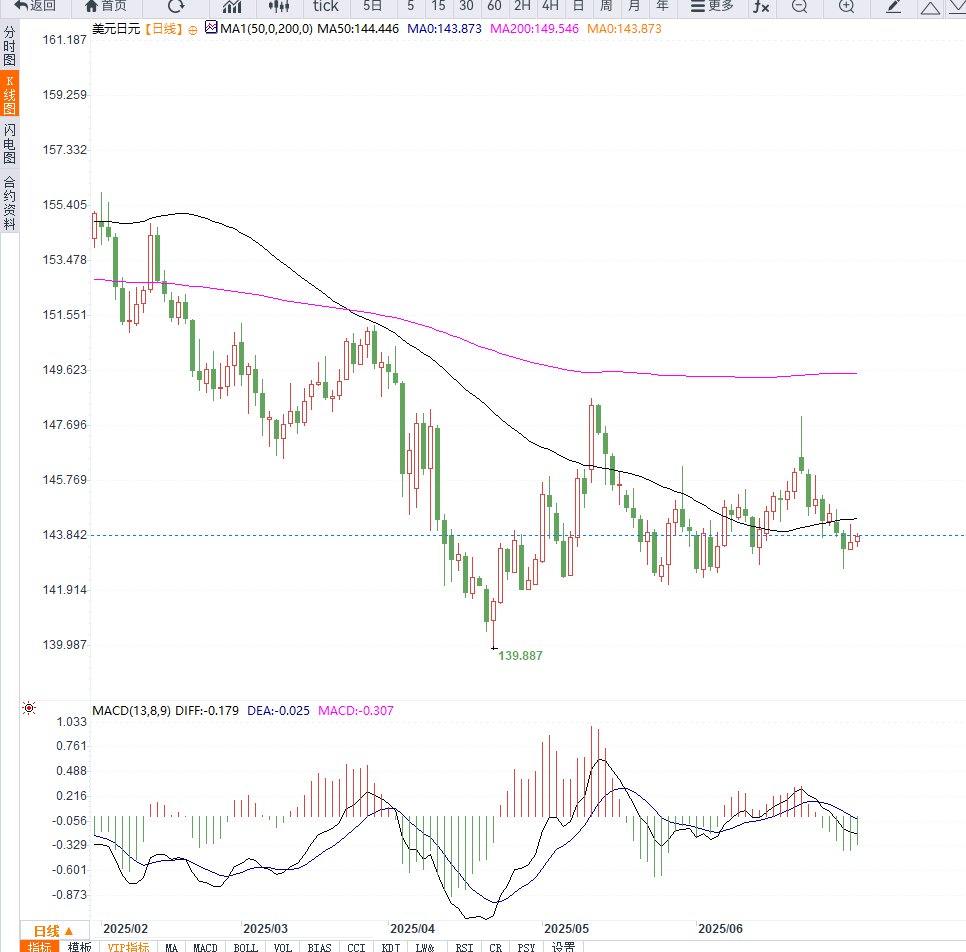The divergence of interest rate differentials between the United States and Japan and trade uncertainty have caused the USD/JPY to fluctuate at a low level, and non-agricultural data has become a key turning point.
2025-07-03 13:39:29
In addition, U.S. President Trump's pressure on Japan to increase agricultural product purchases and threats to impose tariffs of 30% or higher on Japanese imports also put downward pressure on the yen.
Still, further yen depreciation was limited by market expectations that the Bank of Japan (BoJ) would continue its path of policy normalization. Japan’s inflation has been above its 2% target for more than three years, and companies have been passing on higher raw material costs to consumers, prompting market expectations that the BoJ may raise interest rates again in the coming months.

Bank of Japan Governor Kazuo Ueda pointed out this week that the current policy interest rate is still below the neutral level and whether or not to raise interest rates in the future will depend on inflation performance.
In the United States, the Federal Reserve (Fed) is gradually heating up its discussion on interest rate cuts. Fed Chairman Powell said that whether to cut interest rates in July will depend on economic data.
The market has raised the probability of a rate cut at the end of July to nearly 25%, and has almost completely digested the expectation of a 25 basis point rate cut in September. In addition, the US ADP employment data for June unexpectedly recorded a decrease of 33,000 jobs, and the previous value was also revised down, further exacerbating concerns about the slowdown in the US labor market.
A market strategist pointed out: "The Fed's stance is gradually becoming dovish, Japan may raise interest rates, and the change in interest rate differentials may cause the dollar to reverse against the yen."
Technical analysis shows that USD/JPY's short-term upward momentum is weakening. On the 4-hour chart, the currency pair encountered strong resistance near the 200-period simple moving average (SMA) (about 144.30) and failed to break through it effectively many times. In terms of indicators, both the momentum oscillator (MACD) and the relative strength index (RSI) diverged, suggesting that the upward momentum is weakening.
If it falls below the 143.40-143.35 support area, it will confirm the short-term bearish structure. The target will then be the 143.00 integer mark, with further support at the 142.65-142.70 area, which is this week's low; if this area is also effectively broken, it may point to the May low of 142.10-142.15 area.
On the contrary, if the key resistance of 144.30 is successfully broken, it may trigger a short-covering market, and the short-term upside target will be the 145.00 and 145.40-145.45 pressure zone. Only by effectively standing above this area can the short-term bearish pattern be reversed and the bullish force can be attracted to enter the market again.

Editor's opinion:
Currently, USD/JPY is in a sensitive stage where interest rate differentials and risk aversion are intertwined. In the short term, the trend will be significantly affected by the non-farm payrolls (NFP) data on Thursday night. If the data continues to be weak, it will strengthen the expectation of the Fed's early rate cut, thereby suppressing the US dollar and supporting the Japanese yen, causing USD/JPY to return to the downward channel. On the contrary, if the data is unexpectedly strong, the US dollar is expected to challenge the key technical resistance zone, and we need to be vigilant about the release of short-term rebound momentum.
- Risk Warning and Disclaimer
- The market involves risk, and trading may not be suitable for all investors. This article is for reference only and does not constitute personal investment advice, nor does it take into account certain users’ specific investment objectives, financial situation, or other needs. Any investment decisions made based on this information are at your own risk.










